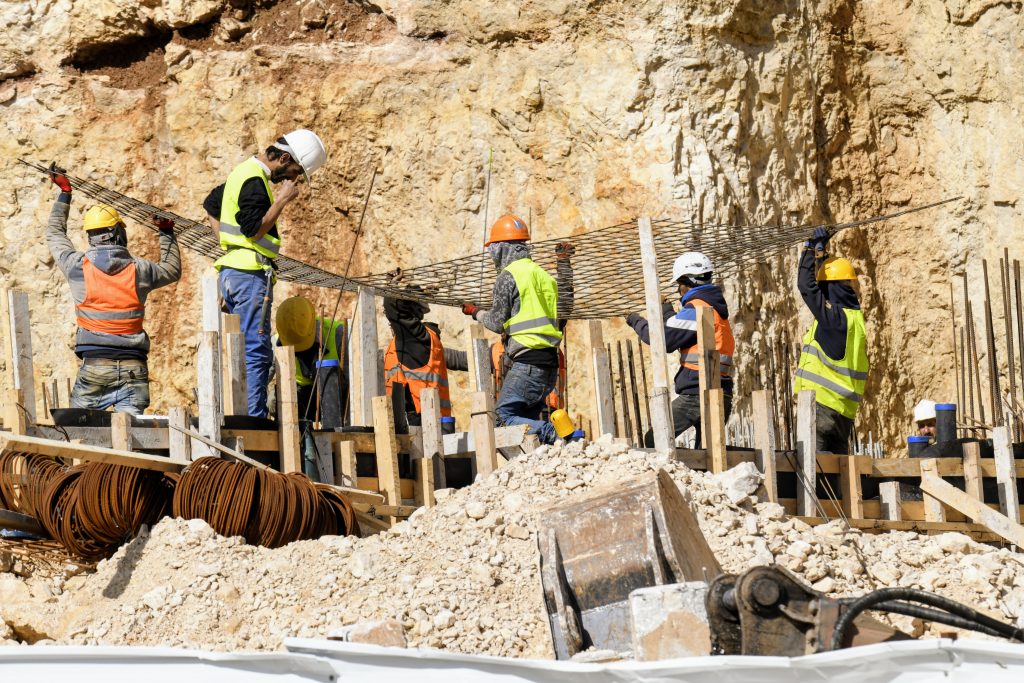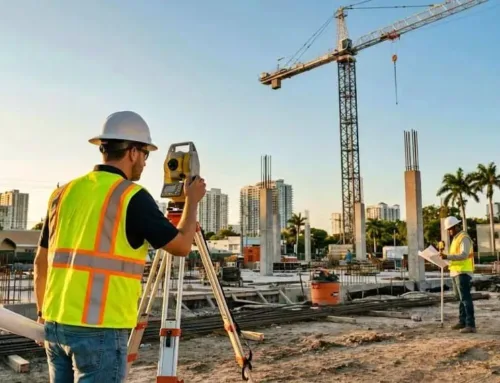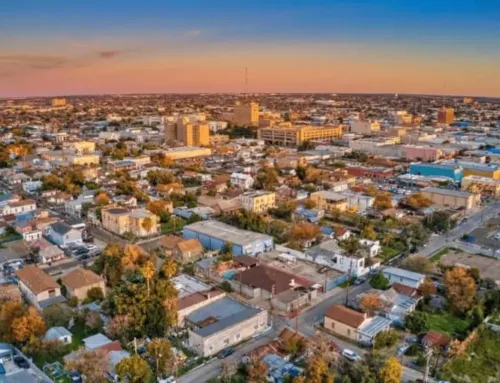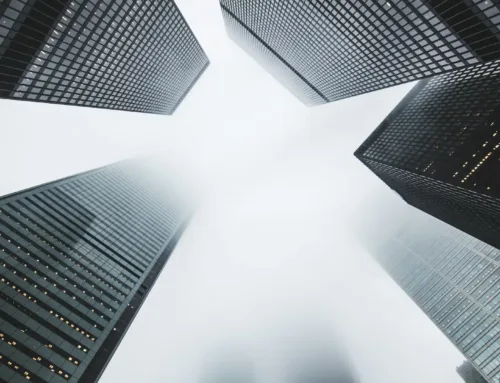When you take on a commercial or residential construction project, you can expect several inspections to take place. Draw inspections are essential to ensuring everything is going according to the schedule and that your builder complies with the agreed-upon timeline.
Draw inspections are actually one of the simplest inspections involved in major commercial or residential construction projects. This inspection revolves around your builder and your lender. A draw inspection aims to ensure that the lender knows the project is going according to plan.
So, if you’re wondering whether a draw inspection is necessary, you’re in the right place. Let’s discuss what a draw inspection is and why it’s essential for your commercial or residential construction project.
Related: Commercial Property Inspection Guide
What Are Draw Inspections?
Lenders hire draw inspectors to inspect commercial or residential construction projects. These inspectors visit and assess the construction site and report their findings back to the lender. Draw inspectors will do several things when visiting construction sites.
They will look at any stored materials on site, assess the progress of the construction based on the timeline the lender agreed upon, assess the accuracy of the project compared to the original draw request, and review the budget.
Lenders approve the release of funds through a draw inspection. Draw inspectors are the eyes and ears of lenders on a construction project, and they tell the lender whether specific projects are completed or still in progress and require additional funds.
Draw inspectors work with the builder to see if the project is progressing according to plan and identify any project concerns as early as possible. Their job is often about answering simple yes or no questions, such as:
- Is part A of the project complete?
- Has material X been used in the manner agreed upon?
- Is the project progressing according to the agreed-upon timeline?
- Do more funds need to be released for material X or project B?
- Are any materials left on site that can be used before releasing additional funds?
Questions like this help the owner of the project know how things are progressing and assure the lender of the necessity of releasing additional funds or not.
Why Is a Draw Inspection Important?
There are several benefits to a draw inspection. It may seem like an additional pile of red tape to go through to get your project completed, but it benefits the owners of the project, the lender, and the builder.
Draw inspections are essential for lenders for a few reasons. First, it mitigates the risk of overspending and an overly drawn-out project. Inspectors report back to lenders to explain whether the project is progressing according to the established timeline and whether additional funds need to be released.
The builder also benefits from draw inspections. It ensures they receive payment for the work they completed, which allows them to move on to the next phase of the project. This provides a sense of payment security for builders, enabling them to work confidently and devote themselves entirely to the project.
Owners of commercial and residential construction projects will also see how vital these inspections can be. It helps reassure them that the project is going according to time and remaining within the set budget. Inspectors have to account for all transactions and materials used, so owners have a complete overview of how money is spent.
Do you need a service you can trust to handle draw inspections? Contact Millmand National Land Service to learn how we can help.
How Much Does A Draw Inspection Cost?
While draw inspections come with many benefits, they add an additional cost. Fortunately, draw inspections are typically quick and won’t cost an arm and a leg.
There are a few factors that determine the cost of your draw inspection. Some of these factors include:
- The scope of the project
- Whether it’s residential or commercial
- The distance an inspector travels to reach the site
- How regular and complex previous inspections have been
With those factors in mind, you can expect a residential draw inspection to cost between $75-$150. A commercial draw inspection will typically cost a little more and is generally priced between $250-$350. This can also depend on the state the inspection is taking place, and, of course, different companies will set their fees.
Related: Utility Locating: 101 Guide
Who Pays For A Draw Inspection?
The lender for the project pays for draw inspections. The fees are pretty minimal compared and their benefits are numerous. Using regular draw inspections will mitigate the risks involved for you, your builder, and your lender.
What To Look For When Hiring a Draw Inspector?
There are plenty of well-established draw inspectors looking for work. The job outlook for job inspectors is anticipated to decrease by 4% over the next ten years, so this means there’ll be less competition on the market, and it should be easier to find someone who can get the job done efficiently.
When you’re looking to hire a job inspector, there are a few things you should consider. Depending on the size and scope of your project, you’ll want to hire someone with experience dealing with large or complex projects.
A good draw inspector should offer reasonable rates, quick-turnaround times, and have plenty of experience in their field. Your lender may recommend draw inspectors they’ve worked with in the past, but if not, it’s your responsibility to secure someone with the proper certifications.
Not all draw inspectors will have the same set of certifications, but they’ll like have some combination of the following:
- OSHA Safety Certificate
- Certified Construction Manager
- Certified Welding Inspector
Finding a draw inspector with the proper experience and certifications will ensure they can complete the job promptly and reasonably.
Don’t struggle to find a company that can handle your building’s inspection needs. Contact MillmanLand today to learn about our services.
Find A Company You Trust For Draw Inspections
Project owners have a lot to contend with when dealing with big commercial projects. Finding a land services company you trust to complete your draw inspection is essential. They’ll have the right tools, knowledge, and certifications to get the job done quickly and reliably. Once you find a company you trust to handle draw inspections for your project, you’ll be guaranteed smooth inspections that benefit you, the builder, and the lender.









